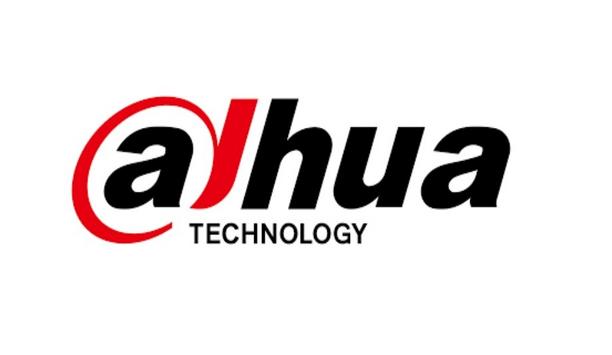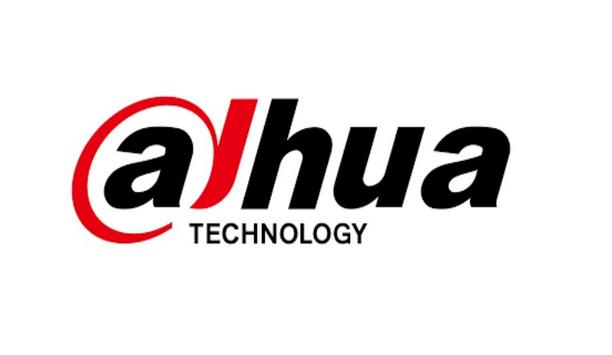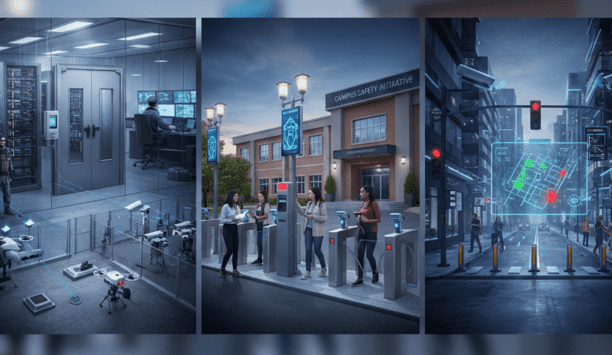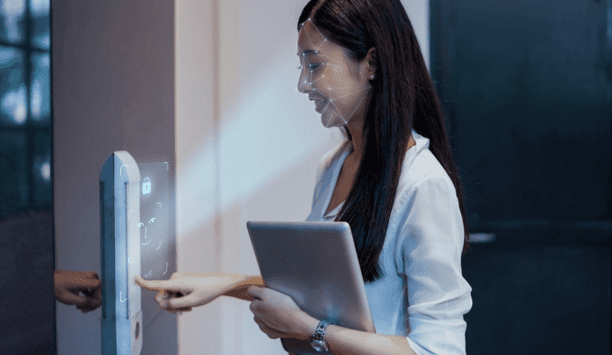“Lifestyle services” become the norm with home security: One of the trends driving growth in the home security market is the concept of “lifestyle services”. Home security systems today can offer new benefits and features that go beyond protection to also encompass convenience. All the home security companies are now embracing ways they can expand system functionality to enhance their customer’s safety as well as lifestyle. Examples include the ability to lock a door, adjust a thermostat or turn lights on or off from miles away using an iPad. As household items like appliances get more intelligent and better able to communicate, they will also be brought into the new smarter, more convenient ecosystem of home automation.
Mark Walters, Z-Wave Alliance chairman, says greater convenience features are having a positive impact on the home security market – he estimates a 4 to 7 percent jump in North American homes that have monitored security systems in the last several years. Z-Wave is a radio frequency (RF) communication and product-level interoperability technology that enables wireless networking of devices in the home. Z-Wave technology is powering much of the home automation capabilities now and in the future. Developments such as Bluetooth 2.0 are also contributing to the flexibility of home automation systems.
Walters says the lifestyle services trend began with the introduction of the Schlage LiNK wireless lock, which captured consumers’ imaginations by promoting the ability to lock and unlock a door from across the country. The enthusiasm led more and more security companies to offer lifestyle services through the alarm panel. That’s where we are today with security and alarm companies well positioned to take advantage of the explosion in home automation.
Self-monitoring grows but professional security monitoring still preferred
Steve Shapiro, ADT’s Vice President of Industry Relations, says self-monitored solutions are not new – they have been around 10 years |
Technology has also increased the number of people who “self-monitor” their homes, using networked alarms and locks that send signals to their smart phones, computers or tablets. However, Walters notes that most of the people opting to self-monitor are new customers. He says, in general, their numbers are not being taken away from the rolls of monitoring companies – hence the continuing growth. “As we grow this new category called self-monitoring, alongside that we can also expand the monitoring market,” he says. “Security companies that provide a monitored solution have to compete with self-monitored solutions, but overall they see their business expanding.”
Steve Shapiro, ADT’s Vice President of Industry Relations, says self-monitored solutions are not new – they have been around 10 years although the technology has changed and self-monitoring is getting more “press” today. He says the market has demonstrated its preference overall for monitored solutions. “Do-it-yourself solutions have come and gone, and there will always be a market,” he says. “But the data overwhelmingly supports the fact that the professionally monitored market is much larger.”














































